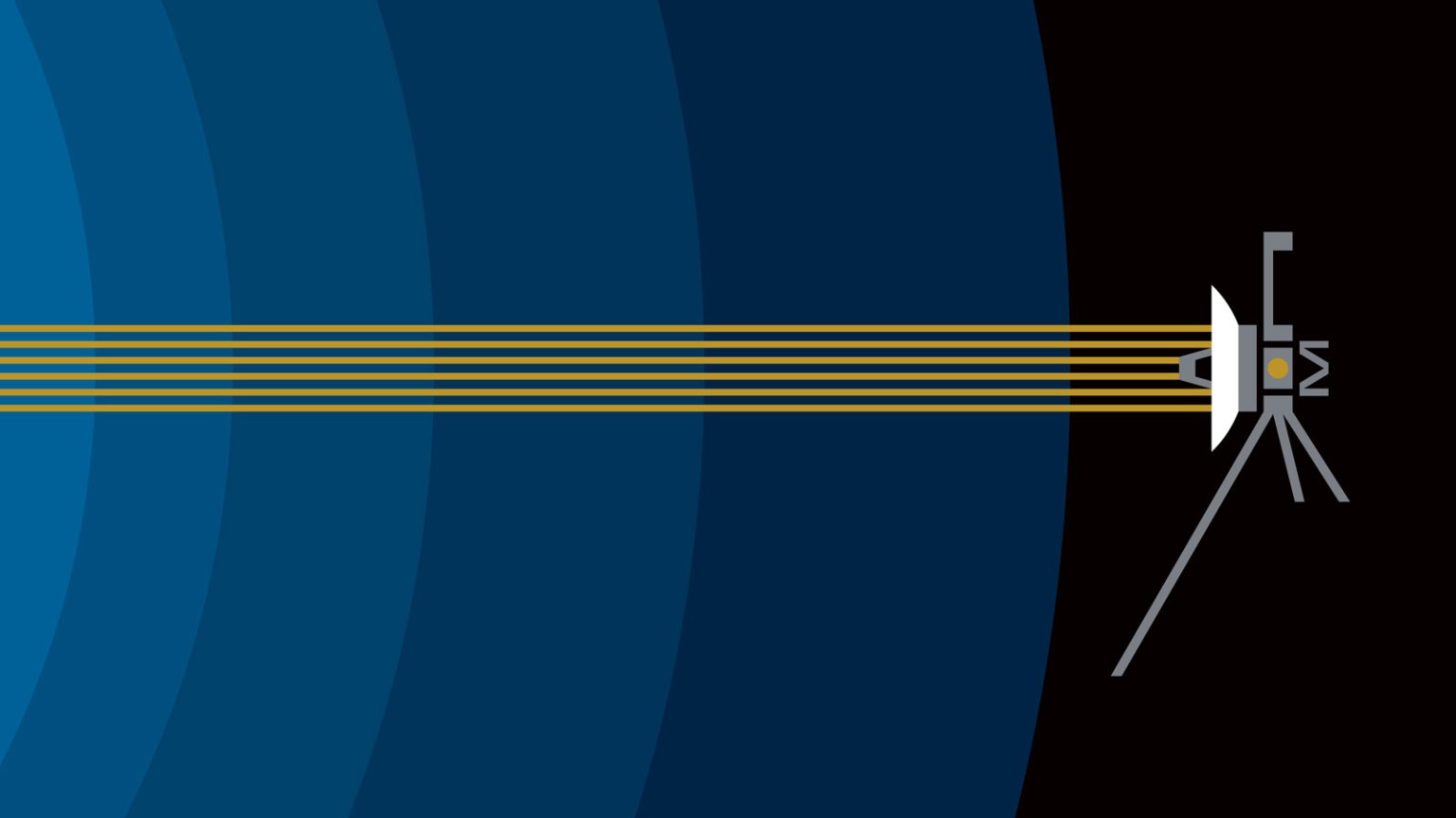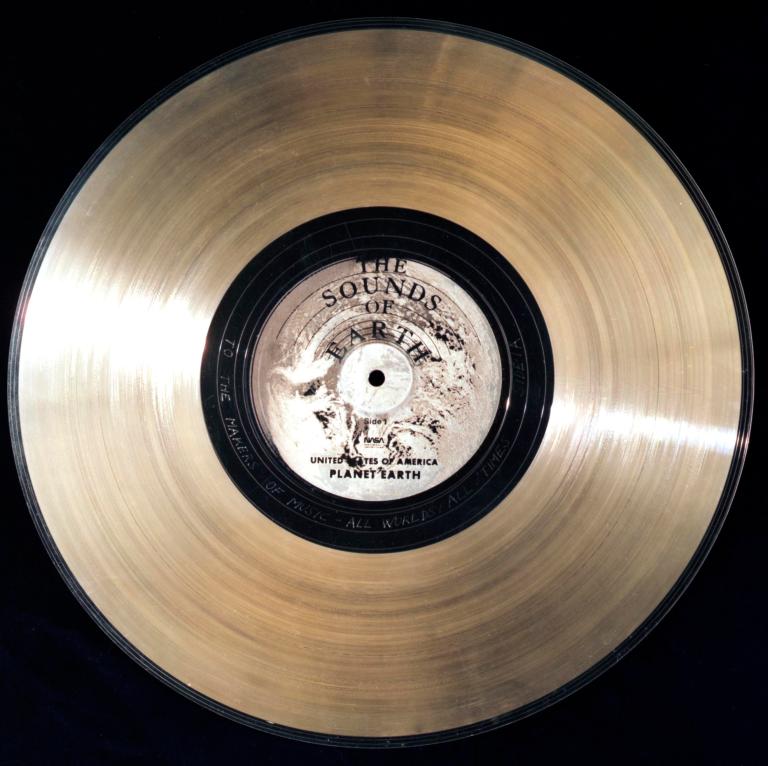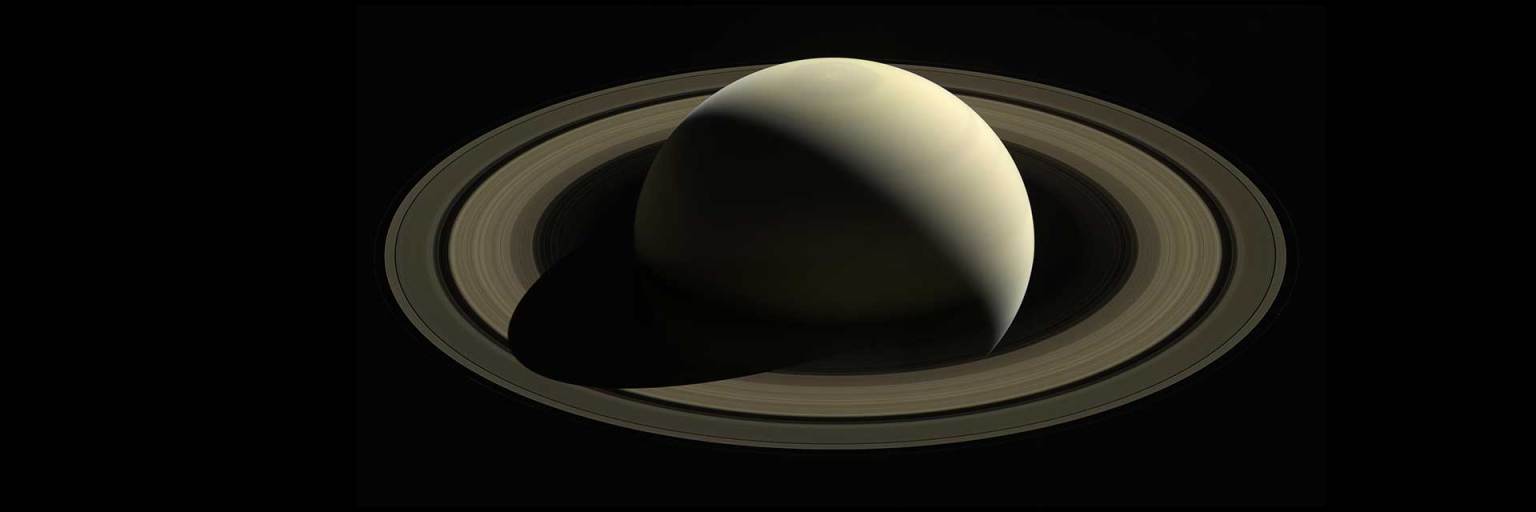Voyager
Interstellar Messengers

John R. Casani, 1932-2025
John R. Casani, a visionary engineer who served a central role in many of NASA’s historic deep space missions, died on June 19, 2025, at age 92. Among many other roles during his career, he served as project manager for Voyager. He not only led the mission from clean room to space, he was first to envision attaching a message representing humanity to any alien civilization — what became the mission’s iconic Golden Record.
Learn More About Casani
Featured
-
01
The Interstellar Mission
After completing the first in-depth reconnaissance of the outer planets, the twin Voyagers are on a new mission to chart the edge of interstellar space.
-
02
The Golden Record
The contents of the golden record were selected for NASA by a committee led by Carl Sagan of Cornell University.
-
03
The Spacecraft
The twin Voyagers are escaping our solar system in different directions at more than 3 astronomical units (AU) per year; 1 AU is the distance from Earth to the Sun, or about 93 million miles.

The Pale Blue Dot
The behind-the-scenes story of the making of Voyager 1's iconic image of Earth as "a mote of dust suspended in a sunbeam."
Learn More about The Pale Blue Dot




























.png?w=1920&h=1080&fit=clip&crop=faces%2Cfocalpoint)





